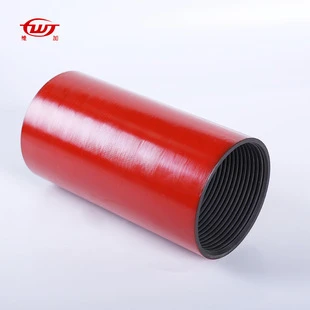- Afrikaans
- Albanian
- Amharic
- Arabic
- Armenian
- Azerbaijani
- Basque
- Belarusian
- Bengali
- Bosnian
- Bulgarian
- Catalan
- Cebuano
- Corsican
- Croatian
- Czech
- Danish
- Dutch
- English
- Esperanto
- Estonian
- Finnish
- French
- Frisian
- Galician
- Georgian
- German
- Greek
- Gujarati
- Haitian Creole
- hausa
- hawaiian
- Hebrew
- Hindi
- Miao
- Hungarian
- Icelandic
- igbo
- Indonesian
- irish
- Italian
- Japanese
- Javanese
- Kannada
- kazakh
- Khmer
- Rwandese
- Korean
- Kurdish
- Kyrgyz
- Lao
- Latin
- Latvian
- Lithuanian
- Luxembourgish
- Macedonian
- Malgashi
- Malay
- Malayalam
- Maltese
- Maori
- Marathi
- Mongolian
- Myanmar
- Nepali
- Norwegian
- Norwegian
- Occitan
- Pashto
- Persian
- Polish
- Portuguese
- Punjabi
- Romanian
- Russian
- Samoan
- Scottish Gaelic
- Serbian
- Sesotho
- Shona
- Sindhi
- Sinhala
- Slovak
- Slovenian
- Somali
- Spanish
- Sundanese
- Swahili
- Swedish
- Tagalog
- Tajik
- Tamil
- Tatar
- Telugu
- Thai
- Turkish
- Turkmen
- Ukrainian
- Urdu
- Uighur
- Uzbek
- Vietnamese
- Welsh
- Bantu
- Yiddish
- Yoruba
- Zulu
API Tubing Couplings - High-Quality Joint Solutions for Oil and Gas Industry
Understanding API Tubing Couplings An Overview
API tubing couplings play a crucial role in the oil and gas industry, serving as the vital connections between sections of tubing used in drilling and production operations. These couplings are designed to meet the rigorous standards set by the American Petroleum Institute (API), ensuring that they can withstand the demanding conditions typically encountered in well operations.
What are API Tubing Couplings?
API tubing couplings are threaded fittings that connect two lengths of tubing. They are manufactured according to specific standards to ensure compatibility and reliability. The couplings are typically made from high-strength materials like carbon steel, which can resist the harsh environments of oil and gas extraction. Each coupling must meet strict specifications for dimensions, strength, and performance, ensuring they can handle high pressures and corrosive substances found in underground reservoirs.
Types of API Tubing Couplings
There are several types of API tubing couplings, each designed for different applications and tubing sizes
. The most common types include1. Regular Couplings These are standard couplings used for general applications. They do not have any special features but are widely used due to their ease of installation and reliability.
2. Heavy-Duty Couplings Designed for more demanding applications, these couplings feature thicker walls and enhanced strength to handle higher pressures.
api tubing couplings

3. Specialty Couplings These may include specific designs such as premium connections that provide improved sealing and resistance to thread wear and corrosion, suitable for challenging drilling environments.
Importance of Quality Standards
The quality of API tubing couplings is paramount to the success of drilling operations. Failure of a coupling can lead to leaks, loss of integrity, and even catastrophic failures during drilling. Therefore, manufacturers adhere strictly to API specifications, which dictate the minimum requirements for material properties, manufacturing processes, and testing procedures. These standards help to ensure that couplings perform reliably over their operational lifespan.
Applications in the Oil and Gas Sector
API tubing couplings are primarily used in various applications within the oil and gas sector, including
- Drilling Operations Connecting sections of drill pipe during drilling. - Production Transporting oil and gas from the well to the surface facilities. - Well Completion Facilitating the installation of production tubing to optimize well performance.
Conclusion
In conclusion, API tubing couplings are a fundamental component in the oil and gas industry, providing essential connections that facilitate drilling and production activities. Their design and quality are critical in ensuring operational safety and efficiency. As the industry continues to evolve, advancements in materials and manufacturing techniques will likely result in even more reliable and efficient tubing couplings, further enhancing the productivity of oil and gas extraction. For professionals in the field, understanding the types, standards, and applications of API tubing couplings is essential for successful operations.
-
Tubing Pup Joints: Essential Components for Oil and Gas OperationsNewsJul.10,2025
-
Pup Joints: Essential Components for Reliable Drilling OperationsNewsJul.10,2025
-
Pipe Couplings: Connecting Your World EfficientlyNewsJul.10,2025
-
Mastering Oilfield Operations with Quality Tubing and CasingNewsJul.10,2025
-
High-Quality Casing Couplings for Every NeedNewsJul.10,2025
-
Boost Your Drilling Efficiency with Premium Crossover Tools & Seating NipplesNewsJul.10,2025







